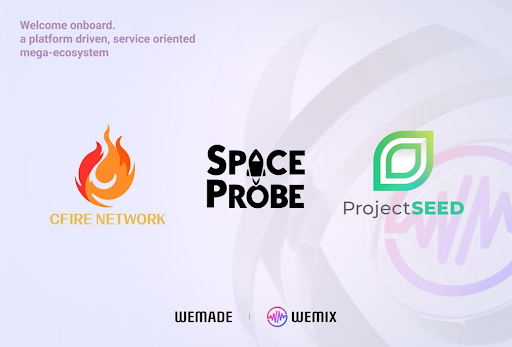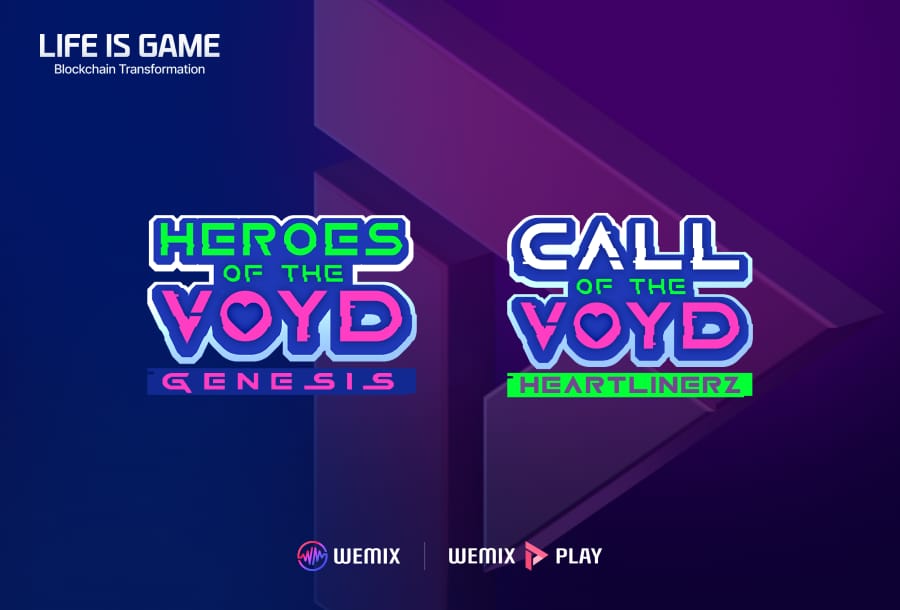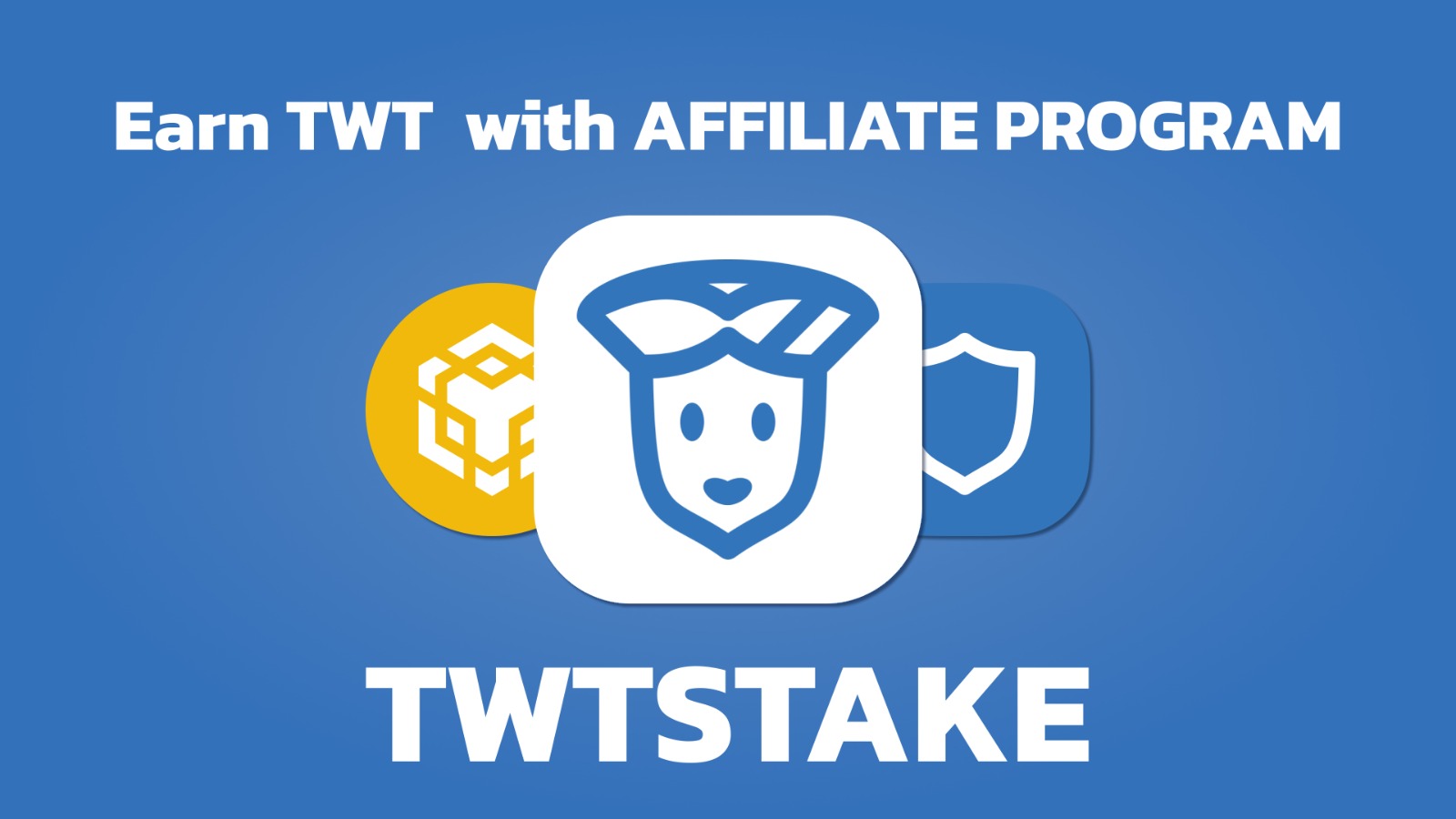SPONSORED POST*
Ripple, a global leader in the blockchain and crypto technologies sector, announced today its intention to introduce a stablecoin anchored to the US dollar.
This new stablecoin, expected to be launched within the current year, will be backed 100% by reserves in US dollars, short-term American government securities, and other equivalent liquid assets.
This initiative aims to consolidate trust, stability, and utility in the context of the stablecoin market. Let’s see all the details below.
Revolutionizing the stablecoin market: Ripple leverages its experience in the crypto world
As anticipated, Ripple, a company leader in the blockchain solutions and crypto sector, has announced its project to launch a stablecoin, whose parity with the US dollar (USD) will be guaranteed in a 1:1 ratio.
This stablecoin, 100% backed by deposits in US dollars, short-term American government securities, and other cash equivalents, will be subject to verification by a third-party accounting firm.
Furthermore, Ripple is committed to publishing monthly attestations regarding reserves. The stablecoin market currently stands at around $150 billion and is expected to exceed $2.8 trillion by 2028.
There is a growing demand for stable coins that offer reliability, stability, and convenience. To meet this demand, Ripple, with its established experience in the field of global financial solutions, will issue its stablecoin.
Brad Garlinghouse, CEO of Ripple, stated the following:
“This represents a natural step for Ripple in its commitment to bridge the gap between traditional finance and cryptocurrencies. Collaborating with compliant and native cryptocurrency operators has led to significant successes in the sector.”
At the time of launch, the stablecoin will be available on both the XRP Ledger (XRPL) and Ethereum (ETH), with plans to expand to other blockchains and decentralized finance (DeFi) protocols in the future.
Monica Long, president of Ripple, added:
“The issuance of our stablecoin on XRPL and Ethereum will open up new opportunities for institutional use cases and DeFi in different ecosystems. The native features of XRPL are designed to use XRP as a bridge asset, which will promote greater adoption and development in the sector.”
The distinctive features of Ripple’s stablecoin
Among the main advantages of Ripple’s new stablecoin, we see, first of all, business solutions. In other words, Ripple offers enterprise-level blockchain solutions, meeting the needs of financial institutions and businesses.
By integrating both XRP and the stablecoin into its payment solutions, Ripple aims to improve the customer experience and expand the business use of the asset on a large scale.
Then, regulatory compliance. As we know, Ripple is committed to compliance with regulations and holds a series of licenses in key regions around the world.
The company and its affiliates hold various licenses, including the BitLicense from New York and money transmitter licenses in the United States, ensuring a strong licensing footprint to serve corporate clients.
Still, the liquidity on decentralized exchanges. Thanks to the flexibility of the XRP Ledger, which supports any type of issued asset, including Ripple’s stablecoin, users can benefit from high liquidity and reduced transaction costs.
This liquidity is made available through the Decentralized Exchange (DEX), offering benefits to users, developers, and applications.
The transparent reserve. Ripple’s stablecoin will be backed by a 1:1 reserve of cash and equivalents, ensuring transparency and reliability. Ripple is committed to publishing monthly attestations on the assets supporting the stablecoin.
Finally, the multi-chain compatibility. Ripple’s stablecoin will be issued on both the XRP Ledger and Ethereum, allowing developers on both platforms to integrate the stablecoin into their projects.
This multi-chain compatibility allows users to make transactions in a stable, secure, and reliable way across multiple blockchain networks.







